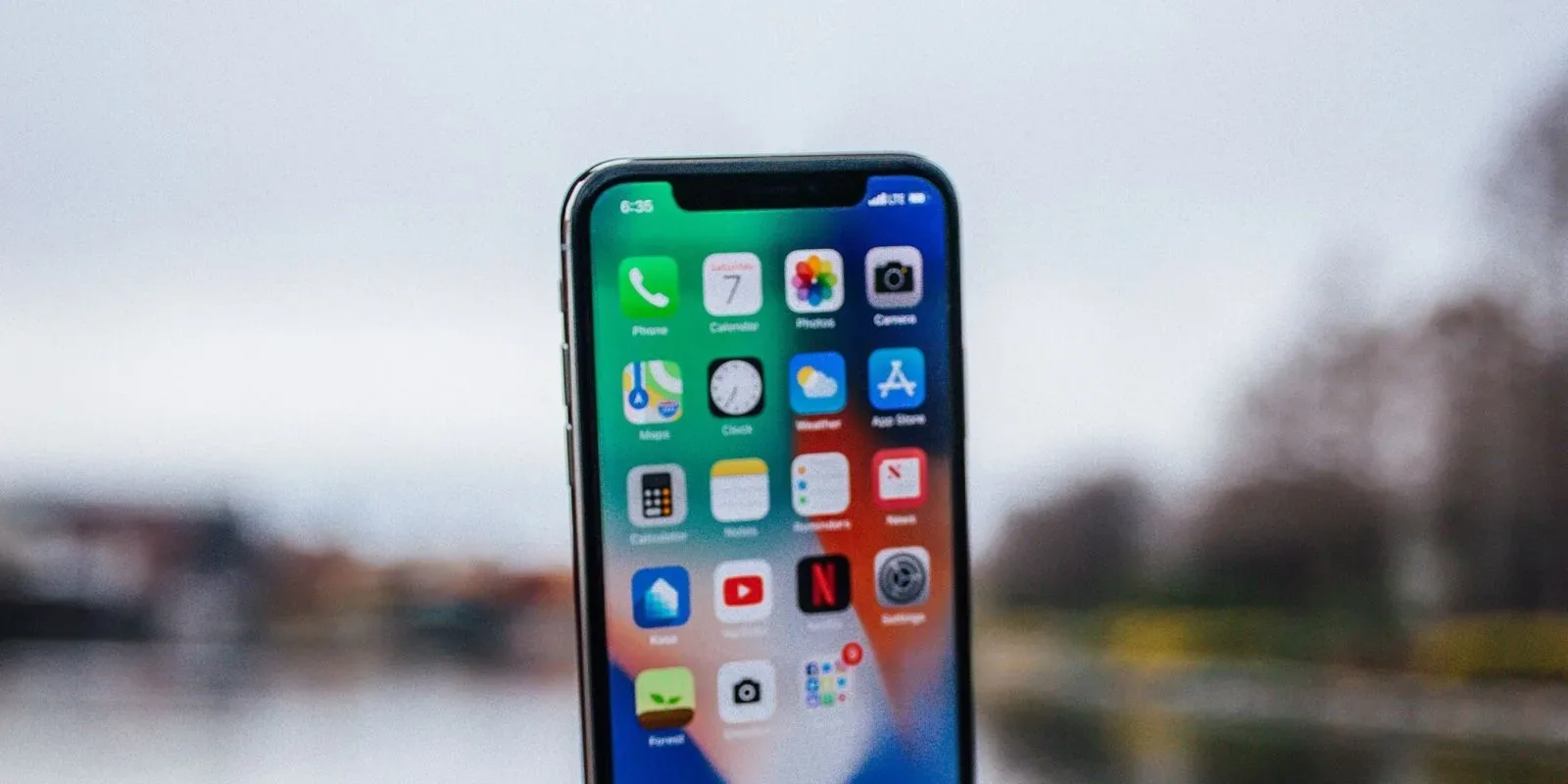Losing your phone can be incredibly frustrating. For better or worse, our phones have become a mainstay in our lives. It’s not just how we stay connected with people. It’s now also crucial to how we work and keep track of our daily lives.
When you lose your phone, it can feel like you’ve lost a piece of your identity and it can be difficult to know what to do next. You start to worry about who might have found it, if your personal information is safe, and how you will manage without it.
The good news is that in 2025, there is no need to get overly stressed about losing your phone. Here are the reasons why.
Reasons not to stress after losing your phone:
1. You (should) have insurance
Don’t worry if you said no to the phone insurance that your carrier may have offered you. You should already be covered. If you have renters insurance, it will cover your phone in case it gets stolen. This is true whether it is stolen from your home or anywhere else.
Your phone is also covered if it is destroyed by certain named perils, including getting damaged or destroyed in a fire or other disaster. These situations are not covered by warranties. Warranties specifically cover manufacturer defects.
When you get renters insurance, you are automatically covered for your phone and most of your other electronics. However, if you have an item that is particularly expensive, you may need to add it as scheduled insurance.
2. Your PIN keeps you secure
There is nothing complex about a PIN code on your phone. On the contrary, it is the simplest method of access. But that does not make it any less secure. There are endless possible combinations, especially if you go for a six-digit PIN. Phone manufacturers have done a particularly good job of making it impossible to get into a phone without the PIN.
Also read: How to activate Two-factor authentication (2FA) on Twitter
However, it is important to note that a PIN is not completely foolproof and can still be bypassed if you’re not careful. Avoid using easily guessable PINs, such as “1234” or “0000”, as well as sharing your PIN with others. Also, your phone should automatically lock once a certain number of PINs have been attempted.
3. Wipe it remotely
“Find My” for iPhone and “Google Find My Device” for Android are not just tracking apps. Considering most thieves know to turn off the stolen phone immediately, tracking apps rarely find stolen devices. However, they also allow you to lock or wipe your phone if it is lost or stolen.
When you remotely lock your phone, it will display a message on the lock screen with a phone number for the person who found it to contact you while making it impossible for them to access the phone without two-factor verification. Wiping your phone will erase all of your personal information and data, protecting your privacy no matter what happens.
4. Cloud backups make everything easier
In the past, it was prudent to always connect your phone to your PC or laptop to make a backup. In today’s world, most people rarely back their phones up this way. Cloud security features and backups should be automatically enabled on your phone and should run once a day.
The process of restoring your new phone is incredibly easy. Use the following steps:
- Sign in to your cloud backup account on your new phone using the same credentials as you used on your old phone.
- Locate the option to restore your data from a previous backup. This option may be located in the settings menu or in a specific backup app.
- Select the backup that you want to restore from and wait for the process to complete. The length of time it takes to restore your data will depend on the amount of data you have and your internet connection speed.
- Once the process is complete, your new phone will be set up with all of your contacts, apps, and other data just as it was on your old phone.
Whereas in the not-so-distant past, losing your phone could feel catastrophic, today it is not a major concern for most people. As long as you have insurance and have backed up your phone, you should be up and running with a new device in no time.
Note: The views expressed in this article are solely those of the writer and do not necessarily reflect the views of the publication. The publication does not endorse or assume any responsibility for the accuracy or completeness of any information provided in the article. Read more on TechEngage ethics.




Share Your Thoughts